Plan Ahead To Meet Sheep and Goat Dietary Needs in the Dormant Season
The dormant season is meant to be a time of rest and rejuvenation for your land. It also can be a time that your livestock, especially sheep and goats, need extra care when it comes to nutrition.
With the proper preparation, you can rest assured your small ruminants will be in good nutritional shape through the dormant season. Kevin Lynch offers advice from his years of experience with sheep and goats both as a rancher and as a current Noble research associate.
COVER THE BASICS
When considering small-ruminant nutritional needs through the dormant months, start with the basics: energy, protein, vitamins and minerals, fiber, and water.
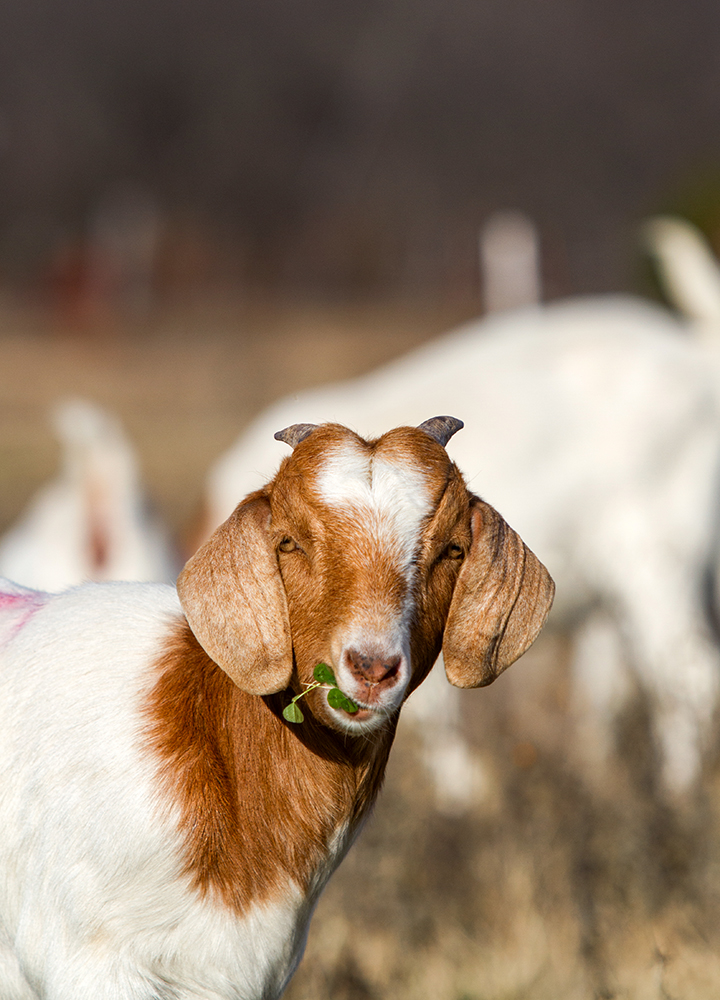
A rule of thumb is to allow for about 2-3% of the animal’s body weight in dry matter per day, Lynch says, although that varies by breed, production goals, their proximity to feed and water, and where they are in the production cycle. Planning for winter grazing in your adaptive grazing management may account for a large part of your basic nutrition, but many ranchers will still need to provide some forms of supplement.
A native grass or prairie hay can offer moderate energy and protein for sheep and goats, and it may be the most readily available and economic option for many ranchers. A legume hay such as alfalfa can provide additional energy and protein for both sheep and goats, but must be fed with caution to avoid bloat or mastitis issues.
Your small ruminant’s need for additional energy or protein supplements will depend on the severity of the weather where you ranch and their reproductive needs. Corn, oats, barley and other grains can offer a high-energy supplement, as needed, as can pelleted feeds. Remember that goats may require more supplemented energy or forage availability than sheep in the dormant season, due to a lack of brush with green leaves to browse.
If you’ve done a Haney soil health test, you may already have a good idea of the minerals and nutrients that should be available in your standing forage and, therefore, to your grazing animals. Consider a hay quality test to assess harvested forage, too, but, Lynch says, “If you have a good grazing system, a free-choice mineral should be all you need.”
When it comes to mineral intake, he says in his experience, sheep and goat producers need to primarily monitor for selenium deficiency. A lack of this mineral can result in weak lambs at birth or just after weaning. Wool sheep are particularly sensitive to excessive copper, but the mineral needs of hair sheep and goats are similar to each other.
The most important nutritional component may be the most easily overlooked — water.
“Especially during the winter months, the water source is incredibly important,” Lynch says. “It’s critical, and it needs to be clean water, not dirty water. They need good access to it, all the time.”
On average, an adult sheep or goat will consume a gallon or more of water per day, and more if they’re in a dry-lot system, lactating or in extreme weather.
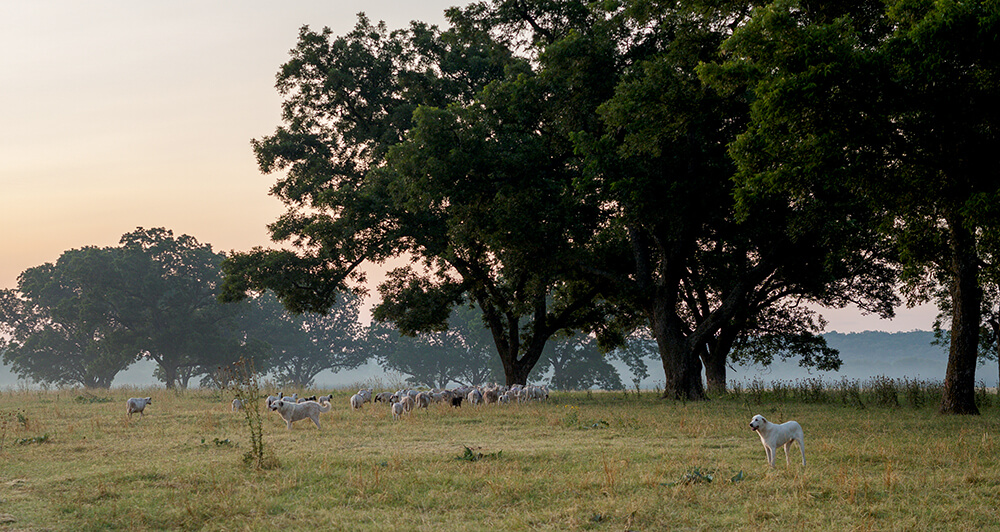
GRAZE WHAT YOU’VE GOT
A plan for nutritional management also should coincide with a plan for optimal land management and soil health. In a regenerative system, you’re likely focused on lowering input costs and working with the resources you have. That means thinking about winter as an integral part of your adaptive grazing plan throughout the prime grazing season, allowing enough use to stimulate growth for a winter stand, but not so much as to leave bare ground exposed.
Lynch aims to graze winter pastures early enough in the growing season to allow for 8 to 10 inches of growth to regenerate and remain as standing dead forage in the dormant season. That timing will vary depending on your environment and rainfall in any given year. If you fall short of those goals and start the dormant season with spots of bare ground, consider strategically feeding hay or rolling out bedding on ground that needs its soil re-armored. This strategy can help cover the bare ground and add nutrients from the animals’ manure to kick-start the next year’s forage growth.
If you have a good grazing system, a free-choice mineral should be all you need.
Kevin Lynch
In southern Oklahoma, where Lynch ranches along with his work at Noble, he also aims to take advantage of a final spurt of late fall growth potential with an October-planted cover crop mix of oats, wheat and rye. This offers new foraging opportunities for his spring-bred ewes and nannies over the winter.
In climates that may not offer opportunity for fall/winter growth, dial into a tightly controlled adaptive grazing plan to use the best of what you have in prime grazing time, and stockpile forage for the long winter months ahead.
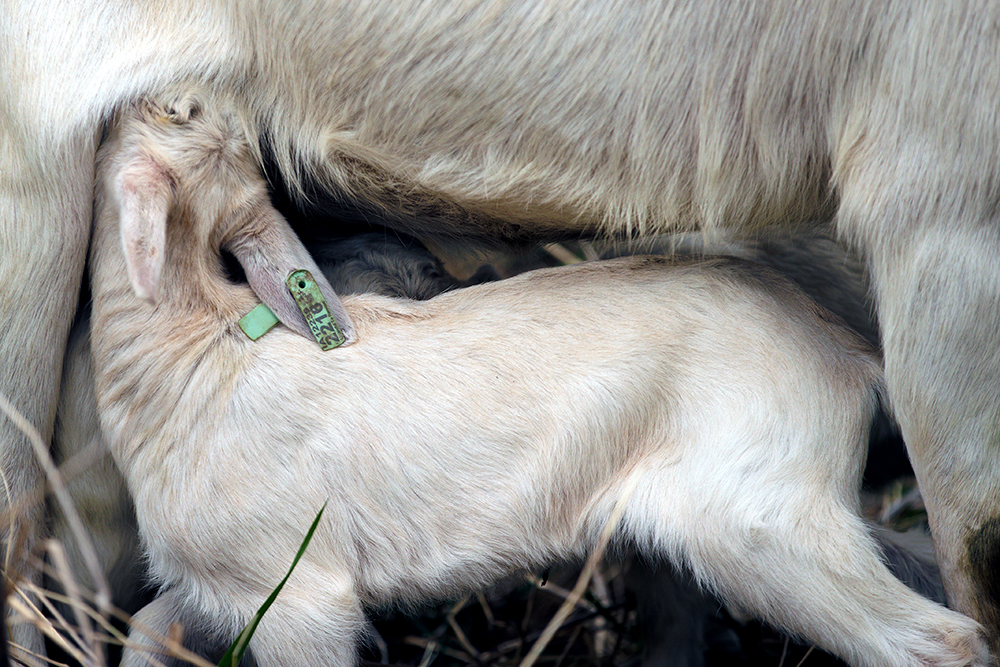
FOCUS ON THE NEEDS OF THE MATERNAL MOMENT
A female small ruminant’s nutritional needs largely depend on where she is in her production cycle. At his home ranch, Lynch runs both a fall-lambing/kidding herd and a spring-lambing/kidding herd of sheep and goats.
The spring herd’s November breeding window has Lynch focused on keeping those ewes and nannies in breeding flesh with a pound of grain a day, three days a week, plus some native prairie hay to supplement their grazing on standing dormant pasture. In early December, that herd transitions to graze his cover crop.
Keep a close eye on the body condition score (BCS) of ewes and nannies in this season, he says. Lynch advises breeding females be a 3 on a 5-point BCS scale for breeding purposes, which may require special nutritional focus if you’re pushing for two breeding cycles in a year.
The fall lambing herd is also primarily grazing on standing dormant forage through parturition, with some prairie hay to supplement.
“In the later part of gestation, especially the last three to four weeks, you can back off your feed with sheep and goats,” Lynch says. “If you bred on her body score, you actually need to back off the feed there at the end, or the lambs and kids will just keep getting bigger and bigger, and you could end up with mastitis problems.”
After the kid or lambs are on the ground four or five days, it’s time to start upping the dams’ intake to support lactation.
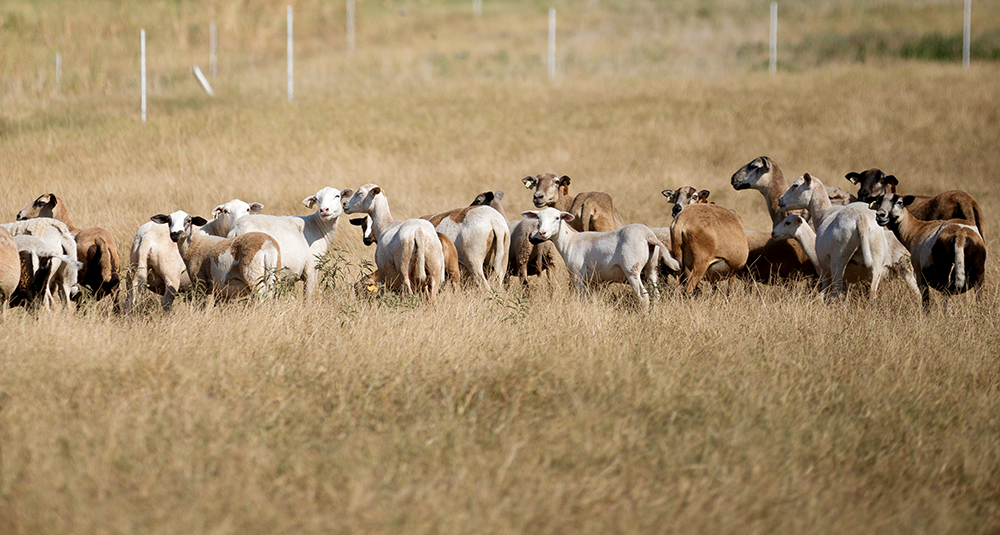
START WITH THE END IN MIND
The breed you select will dictate your nutritional needs, too.
“In a regenerative system, I’m aiming for low inputs, soil health, and I still want a good product in the end. So I need a ewe or nanny that can make it on a pound and a half of feed during the winter, not one that takes 3 pounds,” Lynch says. For him, that means a focus on hair sheep and Spanish, Kiko or Savanna goats that are genetically predisposed to efficiency.
“To me, the difference in the value that efficiency brings is huge.”


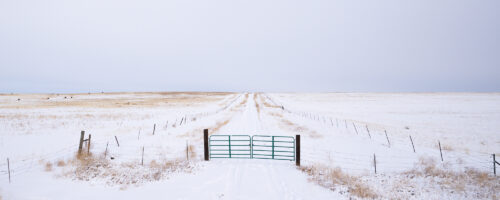
Comment